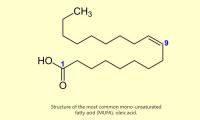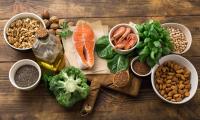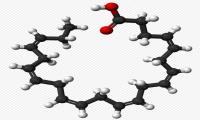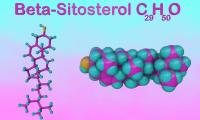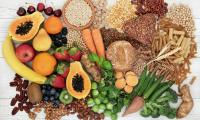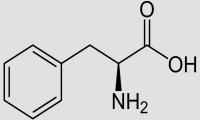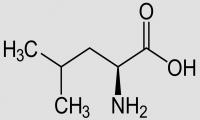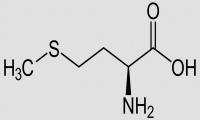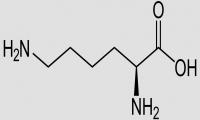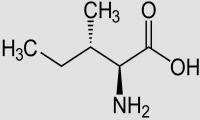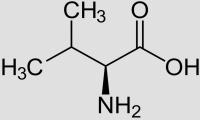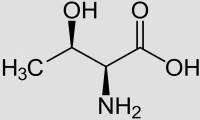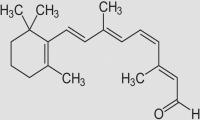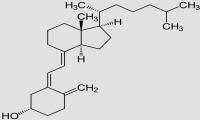The best perspective for your health
The best perspective for your health
The best perspective for your health
The best perspective for your health
Nutrients
Showing 1-20 of 44 items.
Monounsaturated fatty acids (MUFAs) from plant sources can have a health-promoting effect as a substitute for saturated fats.
Polyunsaturated fatty acids (PUFAs: e.g. Omega-3 & -6) are essential for us, however, due to poor diets, we consume too much Omega-6.
Alpha-Linolenic acid (ALA) is an essential omega-3 fatty acid that plays a critical role in inflammation processes. Flaxseed contains large amounts of ALA.
Linoleic acid (LA) is an essential omega-6 fatty acid that is a component of human skin and nerve cells and involved in inflammation processes.
Eicosapentaenoic acid (EPA), an omega-3 fatty acid, is a precursor for the formation of DHA and eicosanoids. Its biosynthesis occurs from alpha-linolenic acid.
Docosahexaenoic acid, DHA, is an omega-3 fatty acid that the body can synthesize from alpha-linolenic acid via EPA. DHA is important in inflammatory processes,
Beta-sitosterol (β-sitosterol) is a phytosterol with anti-cancer effects. See the related studies and the studies on benign prostatic hyperplasia (BHP).
Carbohydrates (carbs) are more than just "sugar". Learn here about subtypes, functions, misconceptions, and effects on our health.
Dietary fiber (DF) is often lacking in industrialized nations despite its health benefits. Learn more about its function, benefits, and requirements.
Phenylalanine is one of the eight essential amino acids that contribute to the synthesis of important endogenous substances.
Leucine is one of the eight essential amino acids and is primarily involved in building muscle mass. Foods rich in leucine include legumes and nuts.
Methionine is one of the eight essential amino acids and is the precursor of the sulfur-containing amino acid cysteine.
Lysine is one of the eight essential amino acids. Lysine is an important component of collagen and is essential for maintaining muscle and connective tissue.
Isoleucine is one of the eight essential amino acids, belongs to the group of branched-chain amino acids and is important for building muscles.
Valine is one of the eight essential amino acids and is an important component and energy source for muscles.
Threonine is one of the eight essential amino acids and plays a role in growth and in the formation and maintenance of collagen and mucous membranes.
Tryptophan is one of the eight essential amino acids and plays an important role as a precursor for the neurotransmitter serotonin and the B vitamin niacin.
Vitamin A is a fat-soluble vitamin and includes several substances, such as retinol and beta-carotene. It plays an important role in the process of seeing.
Carotenoids are natural, fat-soluble pigments in plants (including herbs, fruits, vegetables, cereals) with important health effects.
Vitamin D, a fat-soluble vitamin, is largely produced by the body itself with the help of sunlight. It fulfills many tasks, including building bones.

